The Absolute Worst Places to Be During A Tornado
The Worst Places to Take Shelter During a Tornado
When a tornado is approaching, the safest place to be is in a sturdy, well-built structure—preferably in a basement or interior room on the lowest floor. But if you’re caught out in the open or on the road, some shelter options are actually worse than no shelter at all.
Here are five of the worst places you can be during a tornado—and why you should avoid them:
Highway Overpasses
This one tops the list—and for good reason. Despite what you may have seen on viral videos from the ‘90s, taking shelter under a highway overpass is extremely dangerous.
Overpasses can act like wind tunnels, channeling and amplifying the wind speeds underneath. Instead of protecting you, they can actually funnel debris straight into the space where you’re hiding. Plus, the open structure offers no side protection, and you’re elevated off the ground, which is the last place you want to be during tornadic winds.
➡️ Bottom line: You are much safer lying flat in a low-lying ditch away from your car and away from trees or power lines than you are clinging to concrete under an overpass.
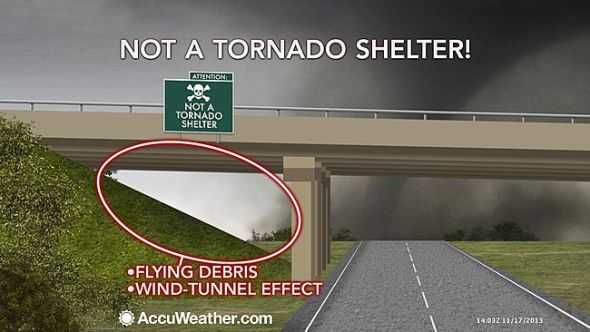
Mobile Homes / Trailer Parks
It’s no joke that mobile homes are some of the most dangerous places to be in severe weather. While they’re convenient and affordable for day-to-day life, they are not built to withstand tornado-force winds.
Even EF-0 or EF-1 tornadoes—considered weaker on the scale—can flip, roll, or completely destroy mobile homes. Once airborne, these structures often break apart, turning the materials (and everything inside) into flying debris.
➡️ Bottom line: If you live in a mobile home, have a plan in place ahead of time—know where the nearest shelter or community safe room is and go there well before the storm arrives.
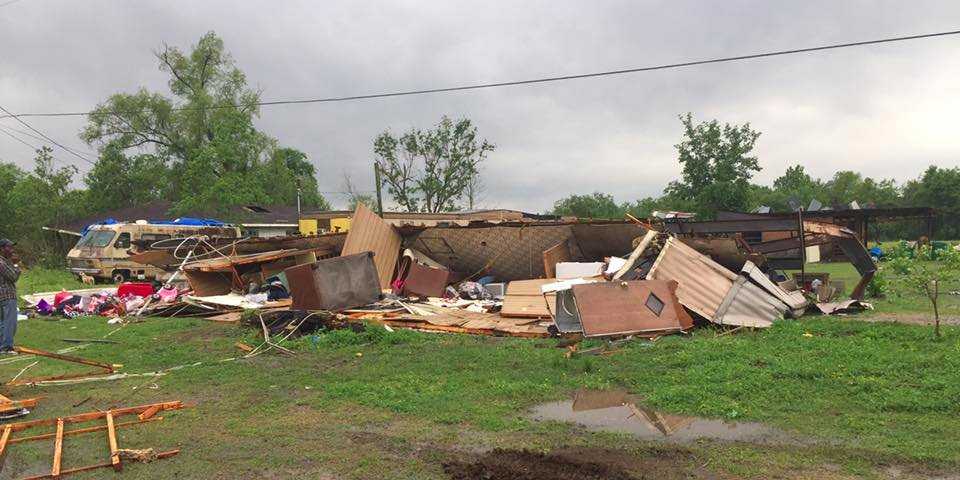
Cars and Vehicles
A car might feel like a safe bubble during a hailstorm—but in a tornado, it’s one of the worst places to be. Vehicles are lightweight compared to the power of tornadic winds and are easily tossed, flipped, or crushed.
And while it’s tempting to “just outrun it,” tornadoes can change direction, speed up, or become rain-wrapped and invisible, making them nearly impossible to track while driving. You’re also surrounded by windows, which means more risk from flying glass and debris.
➡️ Bottom line: If you’re driving and a tornado is nearby, don’t shelter in your car. Get to a sturdy building if you can, or lie flat in a ditch or low-lying area away from your vehicle.
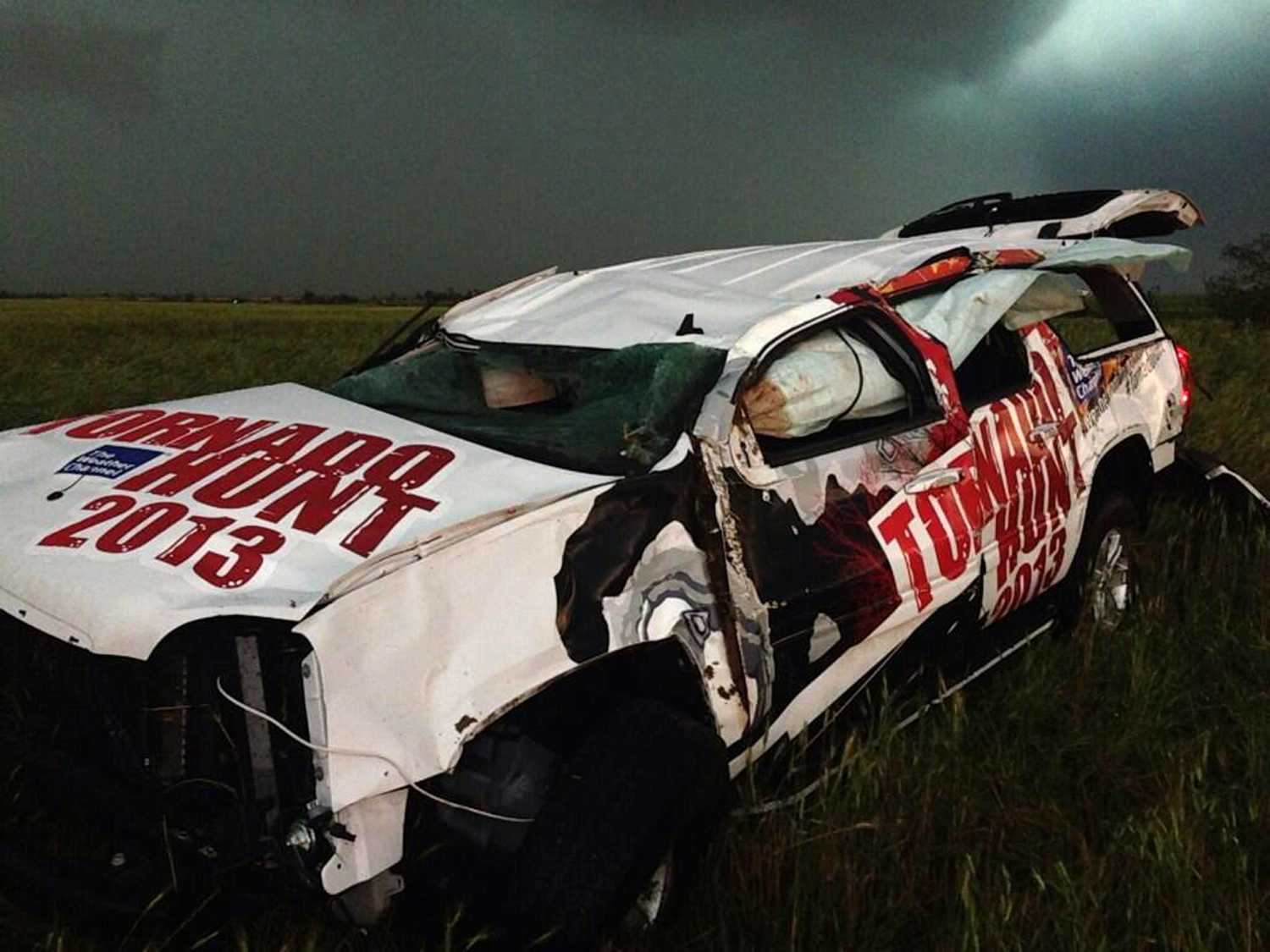
Under Trees or in Forested Areas
It might seem like trees could offer some protection from the wind, but they’re more of a hazard than a help. Tornadoes (and even strong straight-line winds) can snap branches or uproot entire trees, turning them into deadly projectiles.
If you’re outside and seeking shelter in a wooded area, you’re at risk not just from wind, but from falling trees, branches, and lightning—especially since trees are often the tallest things around in open country.
➡️ Bottom line: Avoid wooded areas. If you’re stuck outdoors, aim for an open ditch or depression with low terrain, and cover your head and neck.
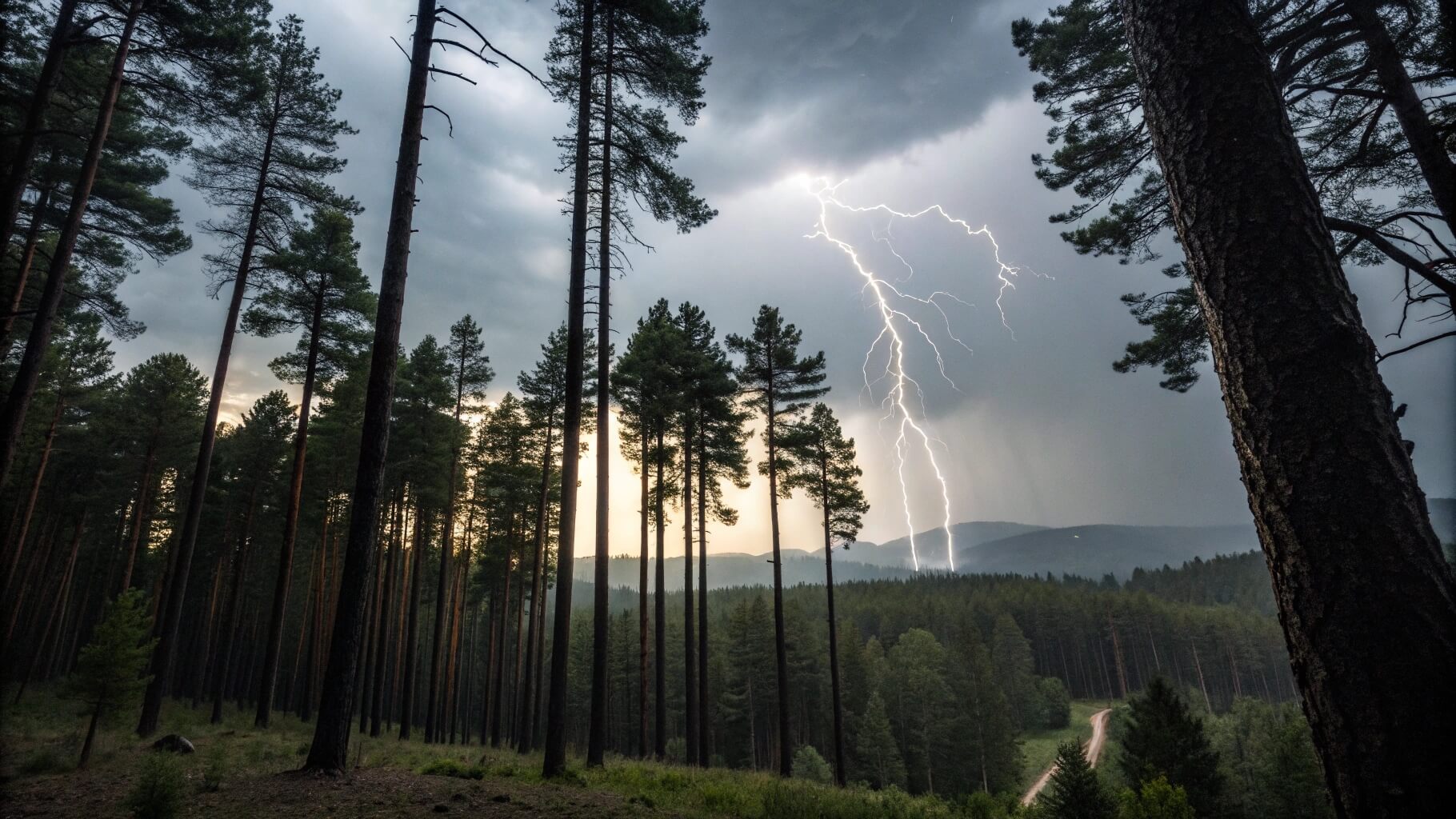
Large Open Buildings (e.g., Gyms, Warehouses, Big Box Stores)
Buildings like gyms, auditoriums, or warehouse-style stores might feel safe because they’re enclosed, but they actually have a structural weakness: wide-span roofs without interior support walls. These large open spaces are prone to roof collapse or wall failure when hit by strong winds or tornadoes.
Even if you’re inside, you may still be exposed to flying debris, collapsing structures, or skylights shattering above you.
➡️ Bottom line: If you’re in one of these buildings during a warning, get to a small interior room or bathroom—preferably one without windows and as close to the center of the building as possible.

Putting on Our Myth-Busters Hats
🚫 “Hiding under a highway overpass is a safe place during a tornado.”
This one might be the most frustrating myth in the book. It’s been circulating ever since a famous (and misleading) video from the 1990s made it look like a great idea. But in reality, taking shelter under an overpass is one of the most dangerous things you can do during a tornado.
Overpasses can create a wind tunnel effect, where winds are actually accelerated and focused underneath the structure. That wind can blast debris through the space like shrapnel, and there’s virtually no side protection. On top of that, you’re elevated above ground level—exactly where you don’t want to be when tornadic winds hit. Despite how solid it might feel, an overpass offers no real safety. You’re far better off lying flat in a ditch or low-lying area, away from vehicles and trees.
🌄 “Tornadoes don’t hit areas near lakes, rivers, or mountains.”
This is a myth that gives people a false sense of security, especially here in Colorado. While terrain can sometimes influence storm behavior, it doesn’t stop tornadoes from forming or touching down.
Tornadoes have been documented over water (as waterspouts), in valleys, and even in mountainous terrain. In fact, we’ve seen tornadoes form west of Denver, near Colorado Springs, and even as high up as Pikes Peak—yes, a tornado literally touched down on Pikes Peak’s summit. No matter the landscape—lakefront, foothills, or flat plains—tornadoes are possible if the atmospheric setup is right. Geography alone doesn’t offer protection.
🪟 “Opening windows during a tornado can save your house.”
This myth has been floating around for decades, based on the idea that opening windows will equalize pressure and prevent your house from “exploding.” But here’s the truth: tornadoes don’t destroy homes because of pressure differences—they destroy them with wind and debris.
Opening windows does absolutely nothing to protect your home. In fact, it makes things worse by allowing wind and flying debris to enter more easily—and it wastes valuable time that should be spent getting to your safe place. If a tornado warning is issued, the last thing you should be doing is running around the house opening windows. Shelter first, windows never.
Want to Know More? Check Out These Related Articles!
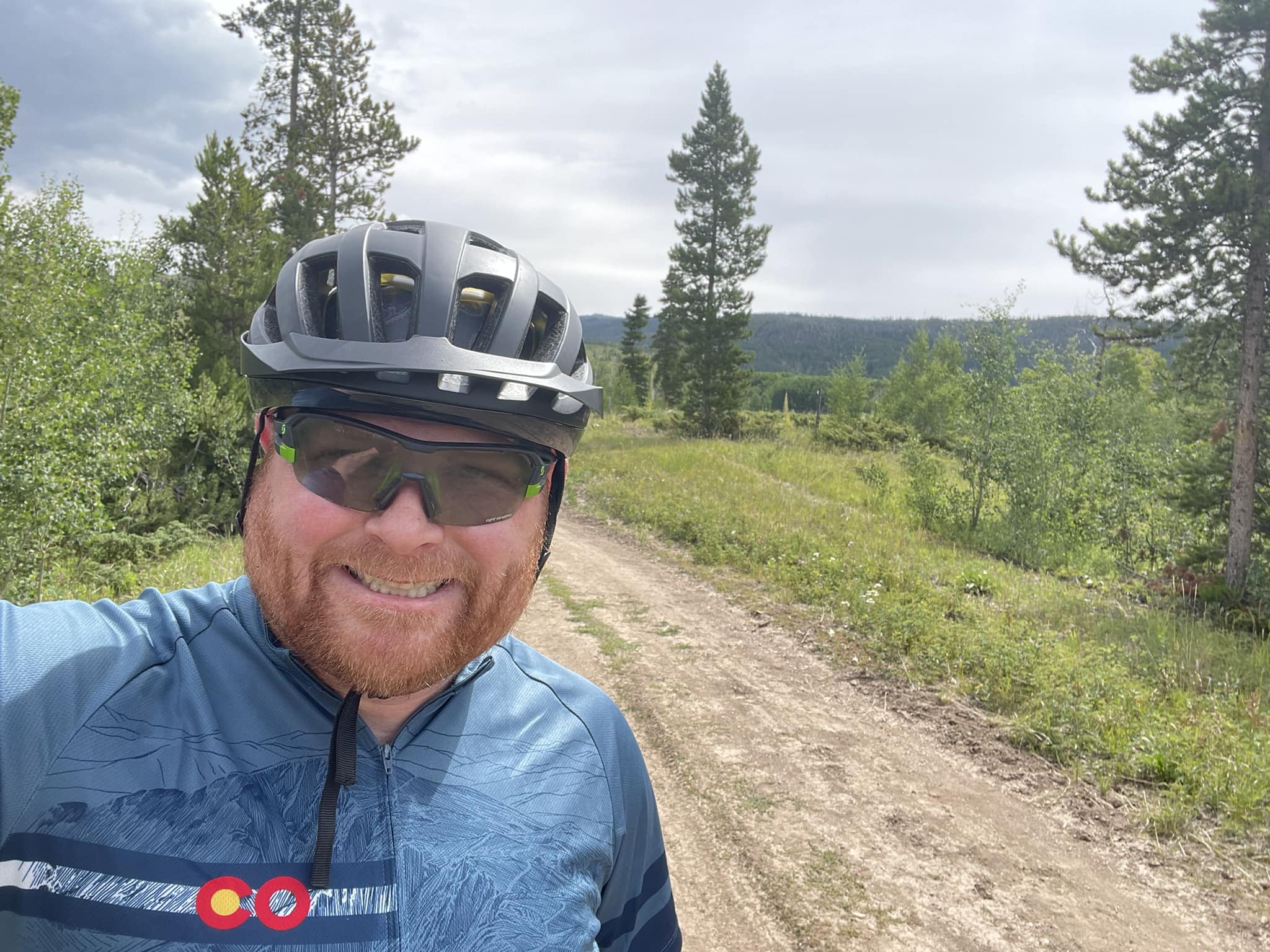
About the Author
Meteorologist John Braddock
Position
